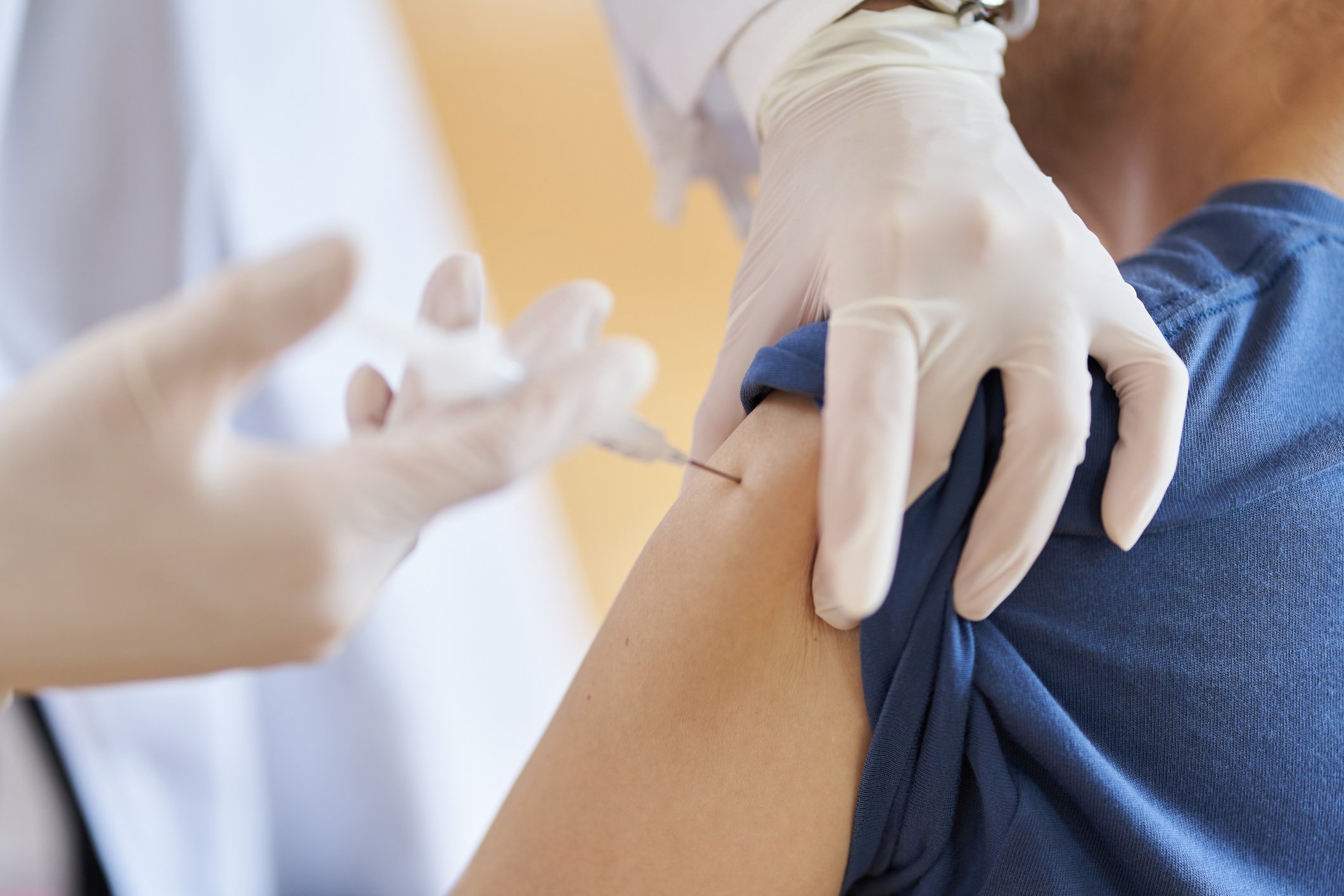The Coalition for Epidemic Preparedness Innovations (CEPI) was established in 2017 to fund vaccine efforts to stop worldwide epidemics. Co-founded by Bill Gates, the nonprofit is the largest vaccine initiative charity in the world. In May, CEPI made headlines when it granted its largest award ever, $388 million, to tiny Novavax (NVAX +2.96%) to help the biotech develop a vaccine candidate for COVID-19.
Operation Warp Speed (OWS) was created after COVID-19 became a health emergency in the U.S. The idea was to fund multiple vaccine candidates and speed up the drug development process to create a working vaccine as fast as possible. In June, OWS narrowed its favorite vaccine candidates down to five companies: Moderna (MRNA +6.28%), Merck (MRK 1.93%), Pfizer (PFE 0.93%), Johnson & Johnson (JNJ 0.41%), and AstraZeneca (AZN +0.43%). But in July, OWS shocked the world by instead granting $1.6 billion in funding to tiny Novavax.
While other companies have received significant funding from OWS and CEPI, by far the most money was given to one of the smallest players. Why?

Image source: Getty Images
Cinderella needs a little help
In a report published July 16, The New York Times suggested that Novavax won the grants because of the company's close ties with health officials. An anonymous source told the newspaper that small biotech companies need more money than larger pharmaceutical companies to help with manufacturing costs.
While that's obviously true, it doesn't answer the question of why Novavax. After all, many small biotech companies are pursuing a coronavirus vaccine. Most of them haven't been awarded any funding at all. And the federal government's first round of funding skipped Novavax altogether.
While large pharmaceutical companies don't need financial help from the government, they certainly appreciate it. In the first round of funding, OWS named several large pharmaceutical companies (Johnson & Johnson, Merck, Pfizer) and even a foreign company (AstraZeneca) as some of the companies that would get federal funding. Only midsized Moderna would seem to qualify as a Cinderella who might need a little help.
So what changed for Novavax? Why did this small cap emerge from obscurity and receive such a large check from the federal government?
Novavax's vaccine candidate has produced a huge number of antibodies in nonhuman primates
The decision to send $1.6 billion to Novavax was not made simply because Novavax is a small company. And it was not made just because management has friendly relations with CEPI.
The simplest explanation is probably the best one. The federal government really wants a working COVID-19 vaccine. This is why it's granting such high dollar amounts in the first place. And science doesn't play favorites. Novavax was selected for a $1.6 billion grant not because it's a small company or enjoys favoritism. Novavax won that grant because its animal data is the most promising of all the vaccine candidates to date.
Back in June, Novavax announced its animal data for its vaccine candidate, NVX-CoV2373. "We are seeing neutralizing titers in the 10,000 range in nonhuman primates," said Dr. Gregory Glenn, the head of research and development at Novavax. Other companies are reporting antibody data in the 40 to 200 range in animal testing.
As a point of contrast, earlier this month Pfizer and its partner, BioNTech (BNTX +2.76%), announced that in a phase 1 trial, 10 micrograms of its vaccine candidate produced an average of 168 antibodies in humans, while a dose of 30 micrograms yielded 267.
While Novavax has not released its phase 1 data as applies to humans yet, a vaccine candidate that produces 10,000 antibodies in primates is very impressive. It's likely why the company was awarded almost $2 billion in grant funding.
We're anxious to see whether this impressive result in animal testing can be reproduced in humans.












